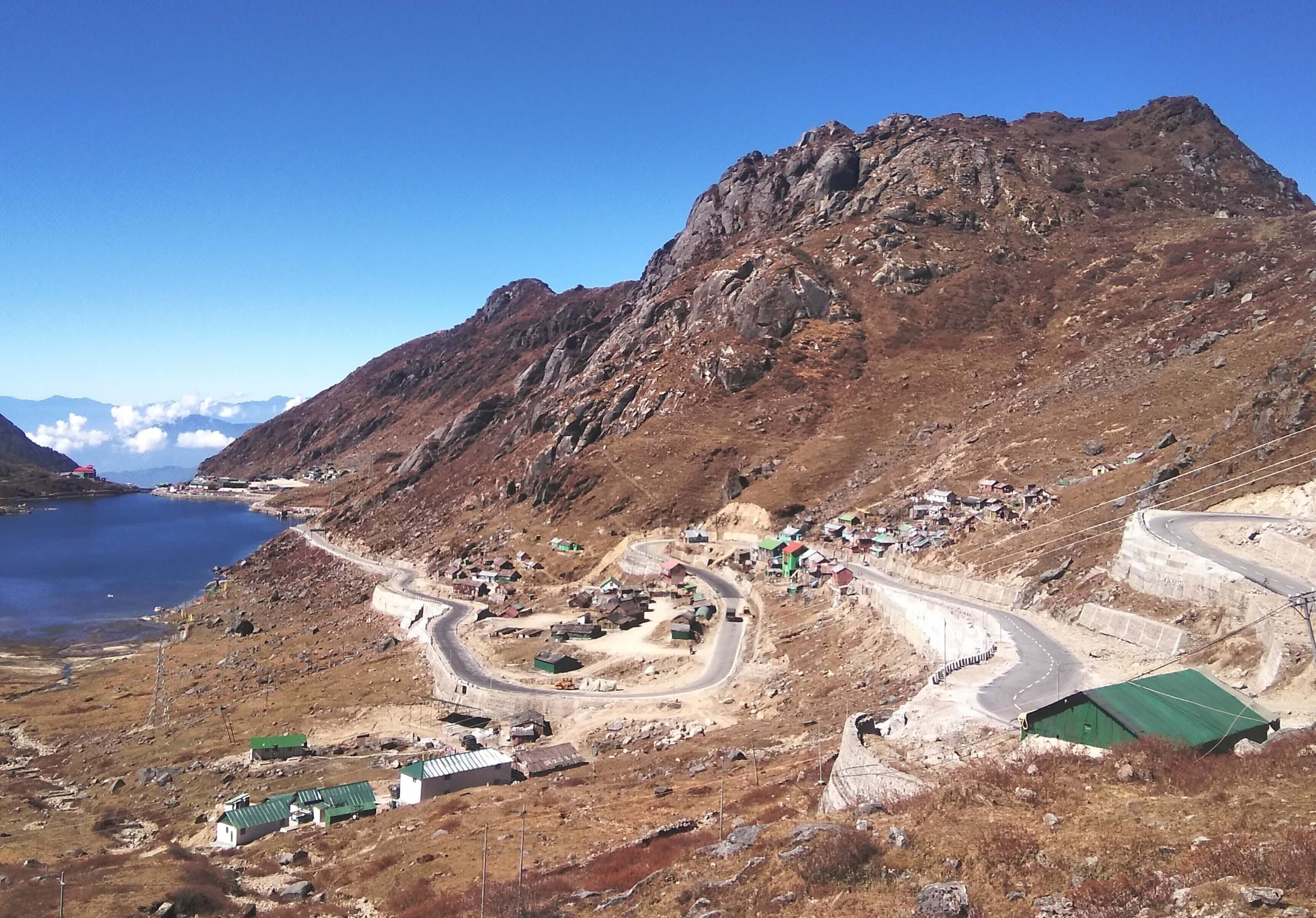By Raile Rocky Ziipao
In the light of the Indo-China face-off in Ladakh that led to the deaths of 20 Indian soldiers along the Line of Actual Control (LAC) at Galwan Valley, there is now an acute urgency to focus on border infrastructure. From a policy perspective, India needs an infrastructural revolution at its borders for national security, to fortify against external threats, to bring connectivity to unconnected territory, and to maintain peace and prosperity.
The two most populous countries in the world, China (1.4 billion) and India (1.3 billion), are embarking on critical and tactical infrastructural development along their disputed border. China, under the leadership of President Xi Jinping, is aggressively building physical infrastructure bordering India. Under Prime Minister Modi, India is building its Frontier Highways to secure the easternmost border with China in Arunachal Pradesh state. The two nations share a 3,488 km-long international border that has remained heavily militarized since the Indo-China War in 1962. However, the threat of conflict between the two Asian powerhouses has loomed ever since, due to a persistent border dispute.
Arunachal Pradesh, one of the north-eastern states of India, shares a 1,126 km-long border with China. The McMahon Line drawn in 1914 demarcates the divide between the Tibetan region of China and northeast India. It is interesting to note that the north-eastern region of India shares 98 percent of its borders with the neighboring countries of Bangladesh, Bhutan, China, and Myanmar, and only 2 percent with the rest of India.
The interest of the Indian state in “securing” the northeast region has kickstarted various infrastructural projects, among which road construction is the key element through the service of Indian military. The Border Roads Organization (BRO), commanded by the Indian Army, is actively engaged in construction and maintenance of the strategically important border roads and highways.
China does not recognize the McMahon Line, and in 1952 laid claim over Arunachal Pradesh as part of the Tibet Autonomous Region, referring to it as “Southern Tibet.” Over the decades, China has aggressively built overland transport facilities and airfields along and across the disputed border areas.
Lt. General Bhatia (Retd.) of the Indian Army has pointed out that China has doubled the length of its road transport network in Tibet to nearly 40,000 km. The highway, with a capacity of 3,200 tonnes per day, runs along the Sino-Indian border. It has also built the Qinghai-Tibet railway line of 1,142 km, fourteen major air bases, and numerous helipads on the Tibet Plateau. Thus, China is well ahead in the construction of overland infrastructure across the border.
As a countermeasure to China’s aggressive infrastructure development, in recent years the Government of India (GOI) has begun focusing on building strategic roads in the northeast, with a particular focus on Arunachal Pradesh. The Cabinet Committee on Economic Affairs approved the initial construction of strategic highways in 2006.
Subsequently, the Ministry of Home Affairs of the GOI has undertaken the construction of 27 roads, and the Ministry of Defence has endorsed the construction of 48 roads along the Indo-China border. In 2014, the GOI approved the construction of the Frontier Highway (1,800 km) with an estimated cost of INR 400 billion. The proposed highway will run parallel to the McMahon Line, through the disputed territory with China. This supersedes the former GOI mindset that roads and airfields would not be constructed within 30 miles (approx. 48km) of an international border.
Former Research Fellow at the Institute of Defence Studies and Analyses Namrata Goswami has pointed out that one of the biggest complaints of the 120,000 Indian troops stationed in the eastern sector is the lack of road infrastructure throughout Arunachal Pradesh. Thus, new highways would meet the operational requirements of the Indian troops stationed in the country’s easternmost region, connecting to the forward military outpost and allowing better preparation if the likes of the 1962 war is repeated.
The highway construction along and across the border has reignited tensions between India and China, the latest being the current standoff between Indian and Chinese armies at the Galwan valley. Similarly, the Doklam stand-off between the two armed forces in June 2017 also stemmed from the construction and expansion of highways in a border area.
Frontier highways, apart from providing connectivity and the circulation of goods, people, and ideas, also serve as a strategy for securing the borders and re-establishing political legitimacy over nation-states. It is imperative to build physical and critical infrastructure to secure these borders. However, from the people’s perspective, the key to building physical infrastructure is to ease their daily connectivity and bring them closer to markets and the global world. Hence, the focus on highways and rural roads does not bypass local people, the economy, and indigenous rights.
To deepen the infrastructural revolution and integration of northeast India with other parts of the country, link or rural roads must be emphasized equally. Against the backdrop of the current draft for the Environmental Impact Assessment (EIA) notification of 2020, the ramifications of exempting linear projects in border areas from public hearing can ignite a fresh conflict between state and indigenous communities of northeast India.
The security concerns stemming from Indo-China tensions that have prompted infrastructural development are significant, however, balancing both security and the concerns of indigenous people and environmental resources will require further augmentation.
Raile Rocky Ziipao is an Assistant Professor at the Central University of Punjab, India. He was the 2017-2018 Raghunathan Family Fellow at the Mittal Institute, Harvard University.
——————————
☆ All opinions expressed by our affiliates are their own and do not reflect the views of the Mittal Institute and its staff.

